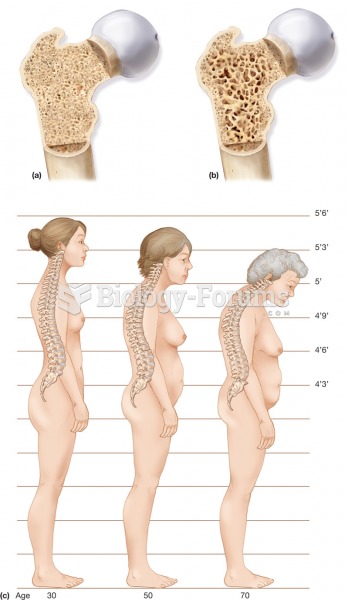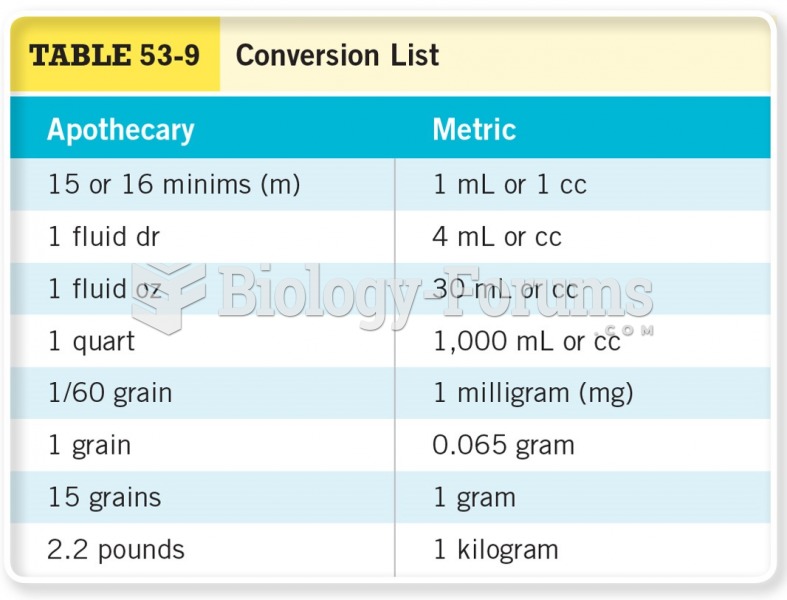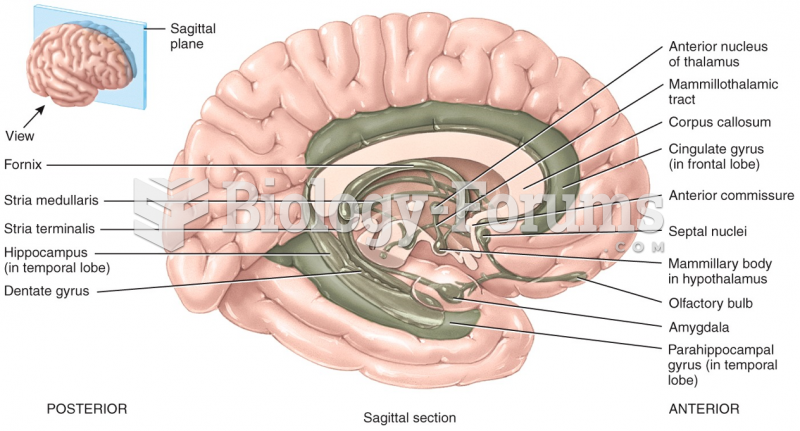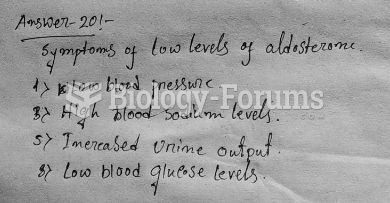Answer to Question 1
The legal analysis presented in the discussion section should answer the following questions:
What is the likelihood that the client's claim or defense will be successful?
What law supports the strongest position?
Is it case law or statutory law?
If the strongest argument is under case law, how are the relevant cases factually similar and factually distinct from the client's?
What law (or case) goes against the client's claim or defense?
What arguments could the other side make?
How can the attorney respond to the other side's strongest arguments? Are there any other options available to the client for resolving the dispute?
Answer to Question 2
Some steps for improving editing include:
Always edit from a printed copy of the document. It is much easier to proofread and revise on paper than on a computer screen.
If you use another document as a sample, or cut and paste text from another document, double check that you have accurately changed the names, dates, and other information.
Allow some time to pass (preferably a day) before editing the first draft so that you can look at what you have written more critically. Review each draft in its entirety, checking for different elements.
Edit the content first. Ensure that the document is complete and says what you intended. Look for gaps in your reasoning. Make sure you have discussed all the points (including cases or statutes) that you planned to discuss. Check the organization to ensure that the progression of ideas is logical.
Next, look at your style. Make sure the document is aimed at the appropriate
audience and that you have omitted unnecessary words.
Change passive sentences into active voice, if possible.
Make sure that you use terms, headings, and other devices (such as numbered lists) consistently throughout the document.
Check your grammar and spelling. Confirm that the verb agrees with the subject in every sentence and that the proper verb tense is used. Check plurals and possessives.
Finally, check your punctuation to verify that it is correct and used consistently throughout the document.







